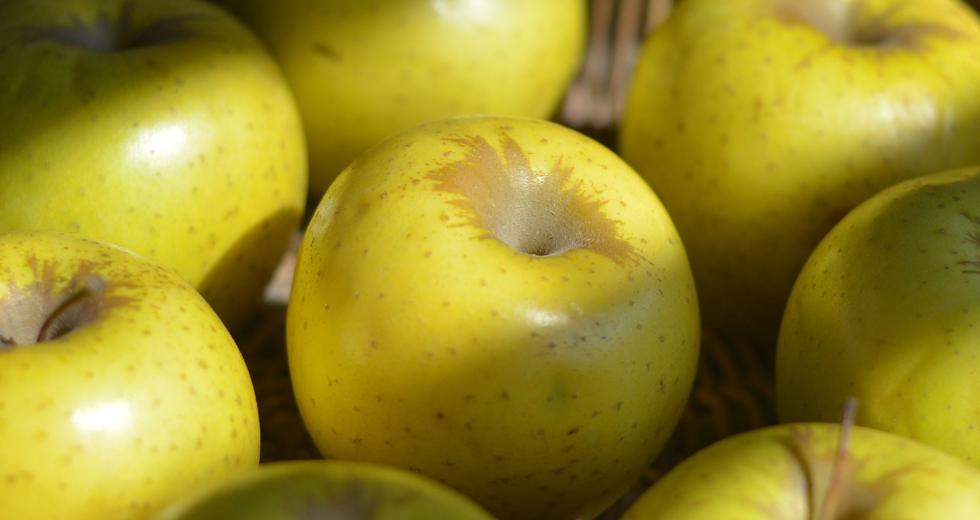The farm-to-fork movement brings to mind small farmers and locally owned restaurants. But what about large institutions, like college campuses? Can they leverage their buying power and still provide a local food experience on a large scale? Customer influence and local farm-to-fork efforts are making an impact on big buyers, inspiring sizable companies and organizations, like the Kings, to launch full-tomato into buying local.
On Feb. 19, the 2015 federal Dietary Guidelines Advisory Committee announced new recommendations for the American diet. Its suggestions took an unprecedented approach by looking not only at human health, but also the health of the planet. Locally, the farm-to-fork movement places emphasis on both nutrition and environmental sustainability and has been praised as a diet with a lighter carbon footprint, because food travels less distance from farm to table.
All of this raises the question: Is it possible to feed the masses without importing goods?
“I don’t want to see fresh tomatoes on the menu when tomato season’s over,” insists Chef Michael Touhy, who will serve as executive chef and general manager of Sacramento’s entertainment and sports complex and oversee food services for the new Kings arena. “Hopefully we can get beyond that thinking,” he continues. “That’ll be a big challenge when you think about the general consumer.”
Touhy isn’t the only food professional committed to seeing mass food service go local. Ben Thomas, sustainability manager of UC Davis Dining Services, oversees hungry college students, serving 55,000 meals per week at UC Davis. Both men are committed to serving the finest local food — even if that means limiting tomatoes and citrus to the month’s they’re in season.
Attending an agricultural school nurtures a culture that respects farming and quality food, and UC Davis students are willing to stand up for their culinary beliefs. In 2008, when the word “locavore” was just entering the lexicon, 10,000 students took up a letter-writing campaign asking the school to consider its food standards. Their campaign resulted in the addition of a sustainable foodservice guideline as part of the university’s Sustainability Practices Policy, a system that now requires the use of local, sustainable food on campus.
“Students are choosing to go to college based on things like how sustainability is considered,” Thomas says. “We have some students that come to Davis because other campuses weren’t able to meet their dietary needs.”
Thomas, who has worked in college food purchasing since 2009, says he prioritizes not just local food, but that which is fairly traded and both humanely and sustainably produced. “There’s a multiplier effect that purchasing locally has on the economy,” he continues. “Eighty to 90 cents on the food dollar goes to the farmer versus 10 to 20 cents for anything that you buy abroad or outside the local food system.”
On the plate, this concept translates to a campus dining menu that is healthy for students and sustainable for the planet. On a recent visit, the dining hall options included roasted cauliflower and squash on the mixed greens salad bar, an Asian stir fry with kale and mushrooms, chicken and black bean quesadillas, pizza slices with blue cheese and arugula, and stewed fruits for dessert.
Like UC Davis dining commons, the new Kings arena promises a high level of culinary quality by sourcing locally. Picture VIP buffets with stations where chefs grill or sauté your food in real time. Touhy’s culinary team announced earlier this year a commitment to sourcing 90 percent of its food from within 150 miles of the arena. UC Davis and other practicing locavores strive to eat within a similar distance, though not all can claim to reach 90 percent success. UC Davis sources roughly 23 percent of their food locally — still a high rate among businesses of its size.
“It has everything to do with where Sacramento is located,” Touhy says. “If you draw a concentric circle to within 150 miles, the scope of that territory expands towards Salinas Valley, Fresno, Redding and Chico. It really broadens it and brings us to the coast, giving us a huge base to work from.”
The local food movement has, in large part, been consumer driven as more traditional eaters have begun lauding the appeal of locally focused dining.
Scott Davis has seen first-hand how consumer demand has driven the rise in local food priorities. As the president of FreshPoint San Francisco, one of the nation’s largest produce suppliers, he’s overseen his company’s policy shift to focus on sourcing locally grown fruits and vegetables.
“In California, it’s not as difficult as the East Coast,” Davis says. “Consumers have driven the demand for local. We’re at a crescendo that farmers markets are starting to hit their peak. The local food movement has driven this. It’s obviously the customers.”
Because their consumers demand fresh and local, FreshPoint has responded.
“We spend a lot of money on tracking local,” Davis says. “It’s a big commitment for our company. Buyers have to put miles in the computer every time something moves. All buyers have to track this.”
FreshPoint provides mileage reports to its clients, which includes UC Davis Dining Services, so they know exactly how far their food has traveled and from where.
But is local food for everyone? Can the average consumer who’s not a VIP basketball fan or a college student really afford the local lifestyle?
It depends, says Davis. Take carrots, for example. “There are only a few carrot growers,” he points out. “And because there are only a few growers, there isn’t a big markup. Big volume items don’t see a lot of markup.”
In other words, the average shopper can expect a stable price for local carrots, because the crop is being grown on a large scale. You can go to the local grocery store in Sacramento and will likely find California-grown carrots at a reasonable price.
“The market dictates where we buy,” says Davis, who’s always on the lookout for the cheapest local finds. “We don’t buy carrots from Michigan, because that would be too expensive.”
When farmers are churning out a steady, large quantity of a product, the price tends to be more stable than on items that are hard to find, like blueberries in winter. “On items that are big commodities it doesn’t cost a lot more to stay local — because of competition, quantity and demand for it.”
Bottom Line? Because we live in the Central Valley, local food is often not just a healthier option but the most affordable one as well.
Recommended For You
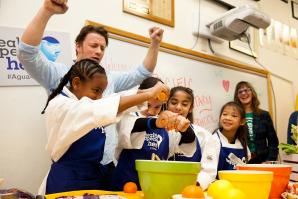
A Call for Greater Food Literacy
What I learned and confirmed by cooking for celebrity chefs
Today there are two generations of Americans who don’t know how to cook. Processed food diets are a leading cause of rampant childhood obesity. There is a clear need for increased cooking and nutrition education, or food literacy, in schools.
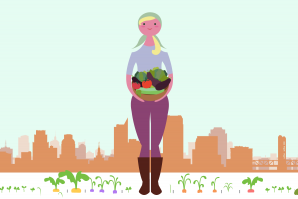
The Battle for Urban Ag
Community organizers fight for rights to sell the food you grow
In a county where 218,510 residents are food insecure (meaning they don’t know where their next meal will come from), and where a local food bank will distribute groceries to 40,000 individuals each month, food activists are continually innovating ways to break the cycle of poverty—for good. The solution is actually under our feet: the soil.
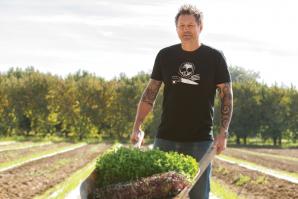
Food for Thought
Acuity with Chris Jarosz
Chris Jarosz is the founder of Broderick Restaurant & Bar and co-owner of the Wicked ‘Wich food truck. This year, he also took on the overhaul of midtown’s Capital Dime restaurant and its sister eatery, Trick Pony, which have been folded into the Broderick Roadhouse family of restaurants. It’s not all glamorous, but it is pretty tasty.
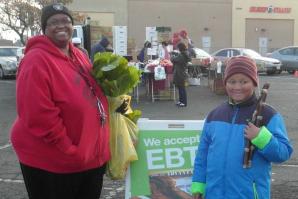
Healthy Options
Farmers markets and urban growers combat local food deserts
Despite living near some of the most productive farmland on earth, many Sacramentans are unable to find produce that’s both fresh and affordable in their own neighborhoods.



